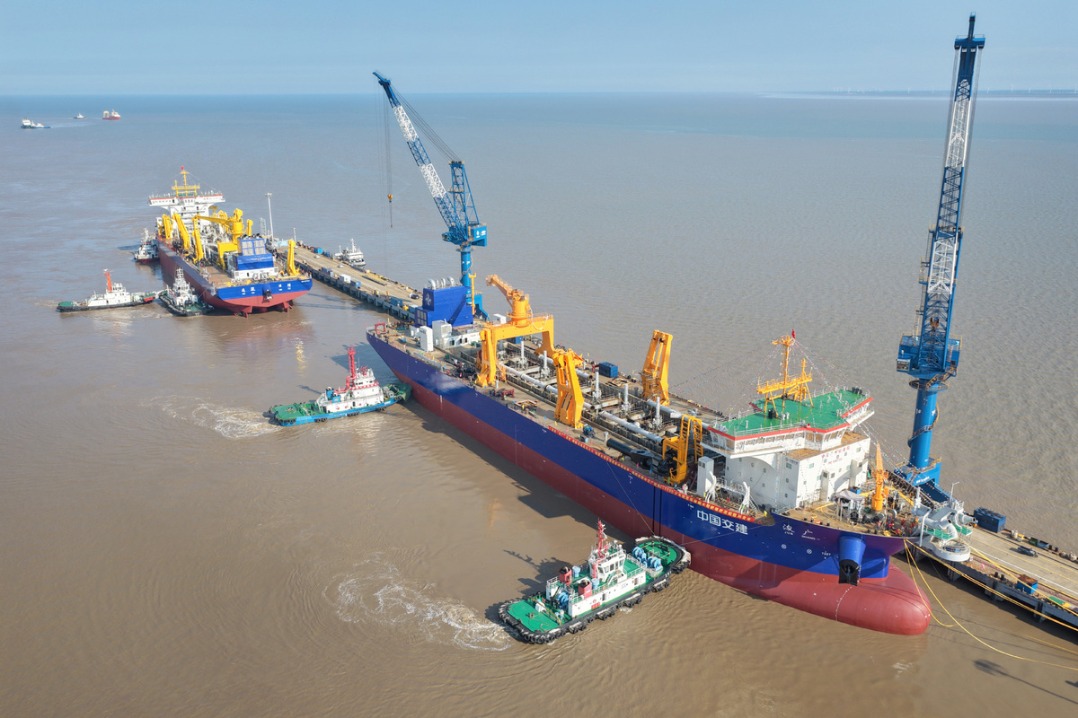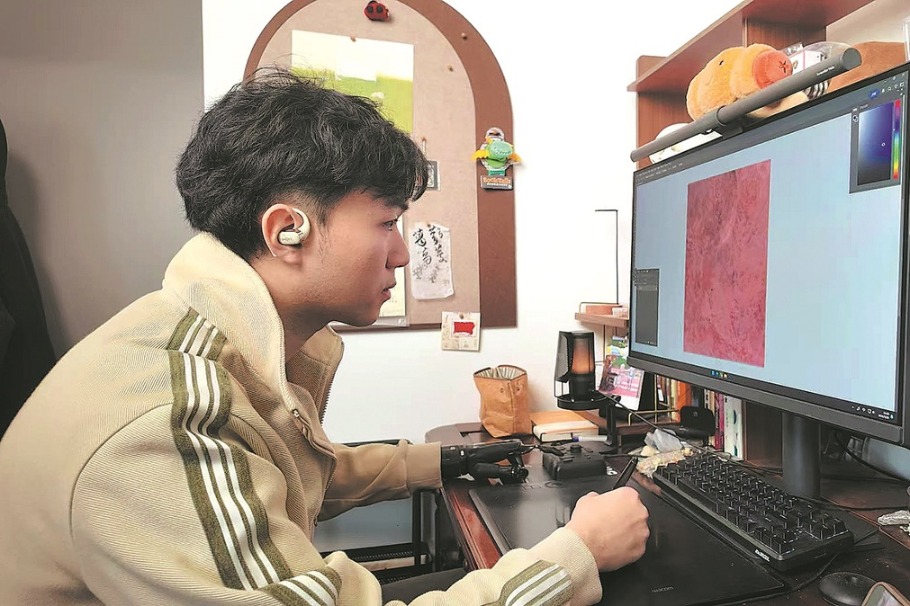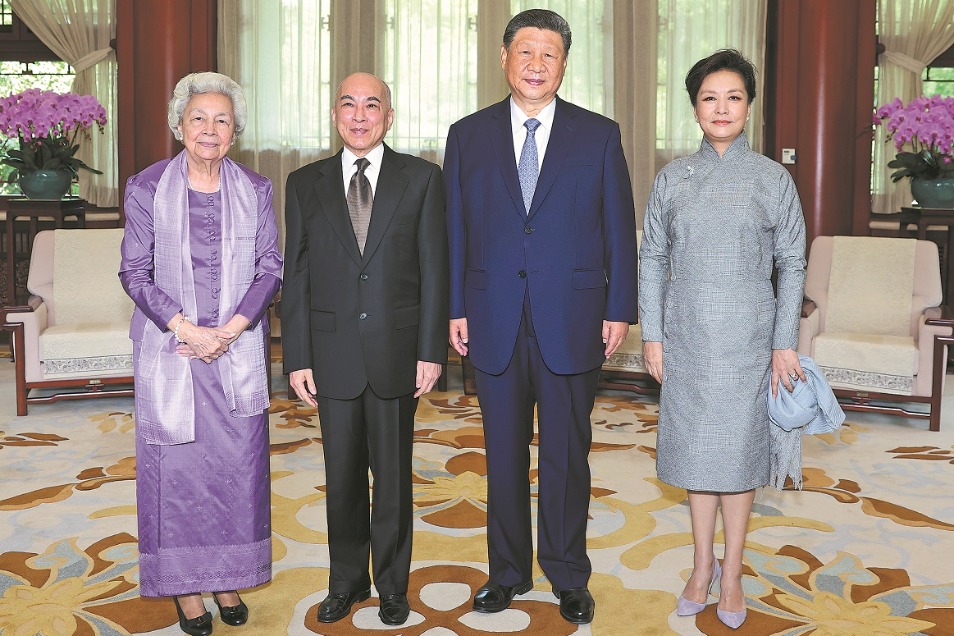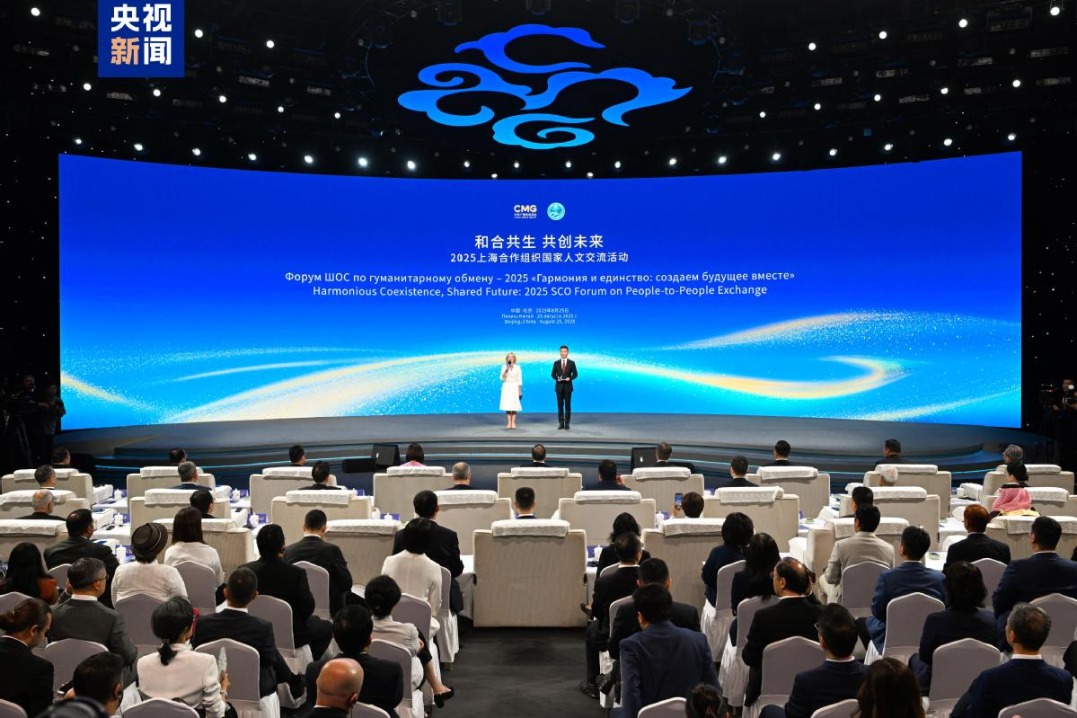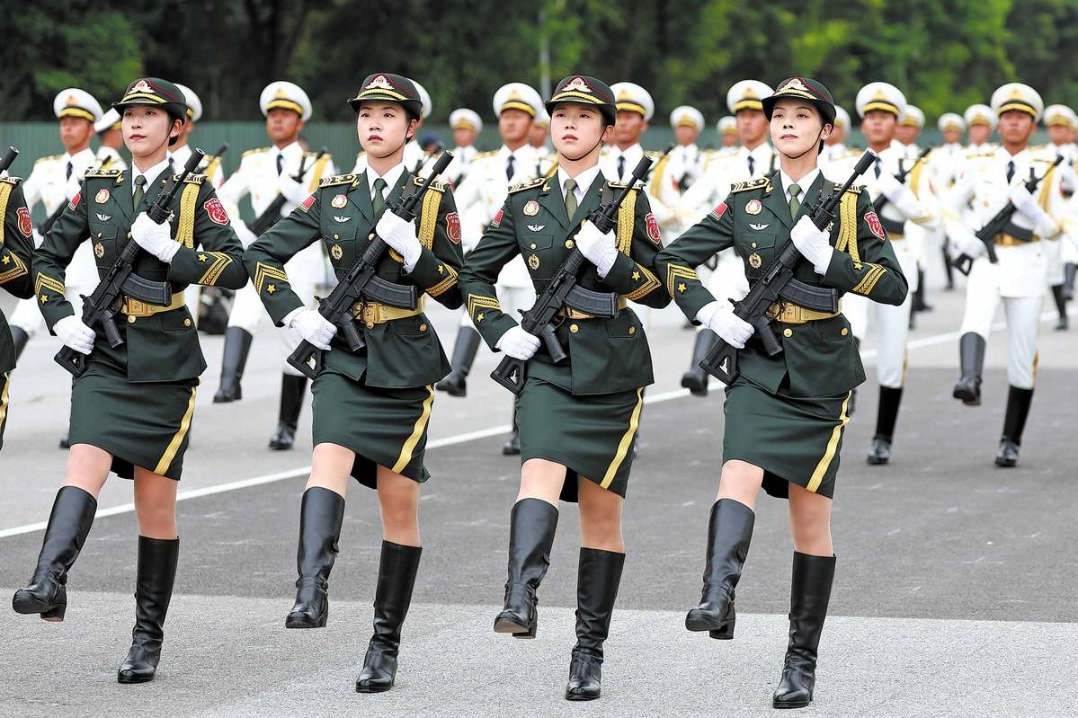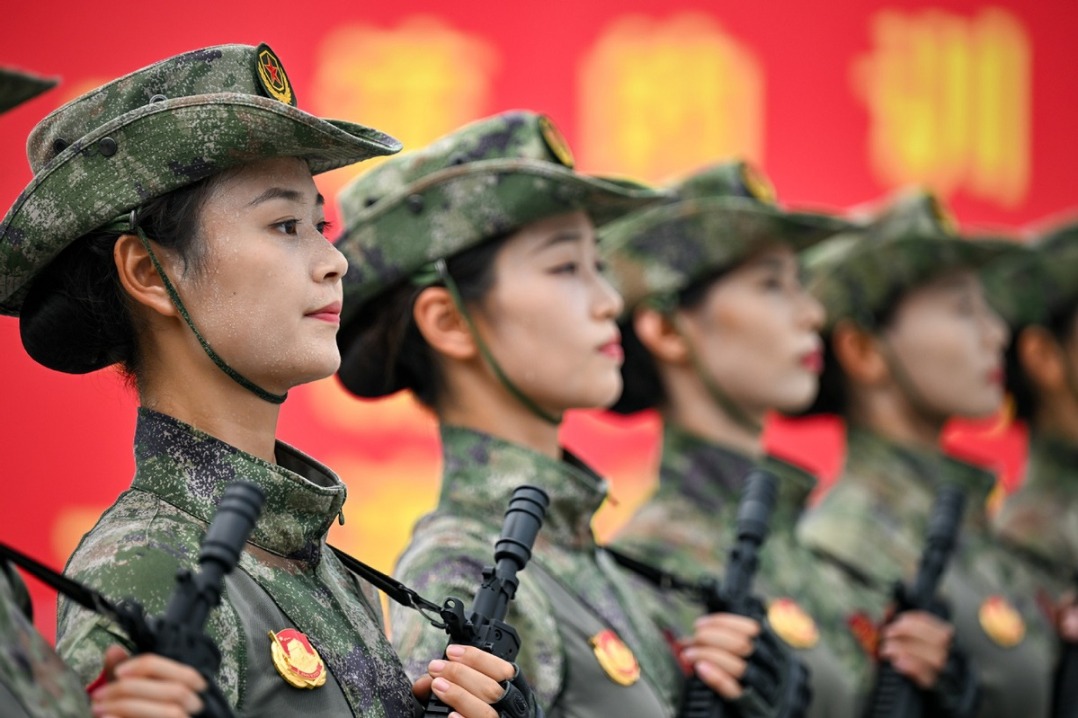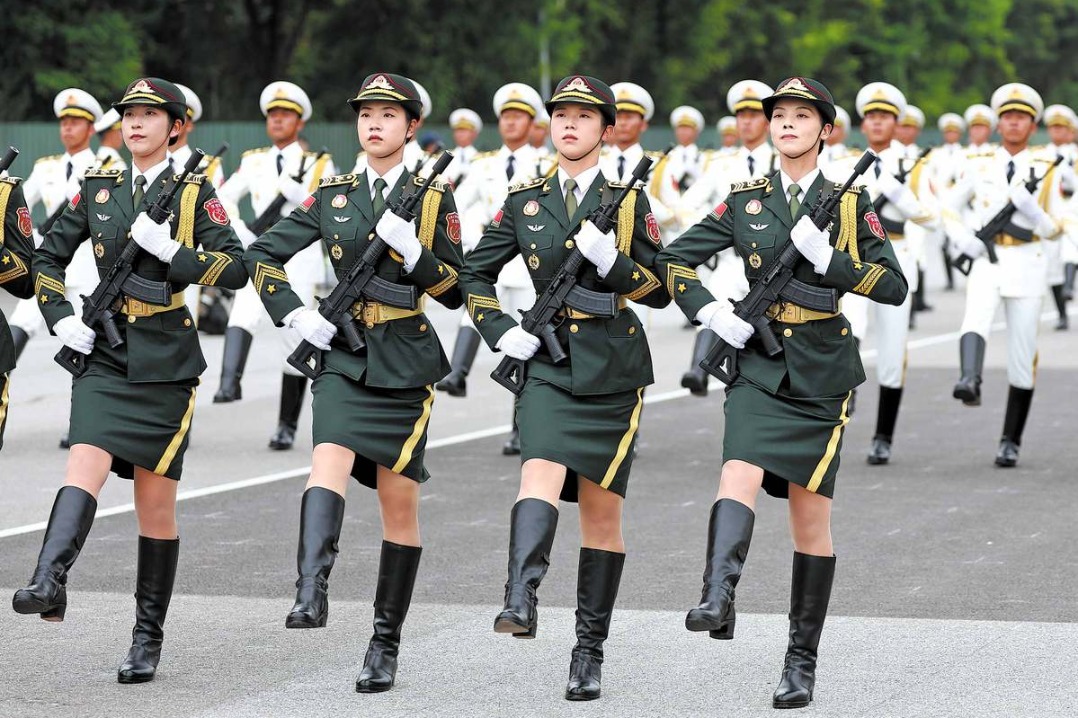South China Sea: Imagining the future


In 2050, the South China Sea is no longer a flashpoint of geopolitical rivalry but a dynamic epicenter of global cooperation. The region, once defined by competing territorial claims, has evolved into a hub of economic synergy, technological advancement, and environmental resilience.
Once fraught with military posturing, the maritime domain now thrives under an integrated governance framework that fosters security, scientific collaboration, and sustainable development.
ASEAN and China, which witnessed maritime disputes in the past, now lead a global model of multilateralism, proving that diplomatic foresight, strategic patience, and innovative governance can transform a contested region into a shared prosperity zone.
This envisioned future is not a mere projection but the result of a backcasting exercise, where I place myself in 2050 and look back at the critical transformations that made this reality possible.
As I reflect from 2050, I recall how, in 2028, the historic Code of Conduct became the catalyst for lasting peace. Unlike past agreements that were mired in ambiguity, this treaty leveraged digital governance tools to ensure transparency and compliance. An ASEAN-China joint maritime council utilized blockchain-based agreements to manage resource-sharing and ecological protection. A quantum-enhanced arbitration system ensured that dispute resolutions were instantaneous and immune to political manipulation.
Meanwhile, a unified regional maritime defense network neutralized piracy, illegal fishing and other maritime threats through AI-coordinated patrol fleets.
By 2035, the South China Sea had transformed into the world's most advanced Blue Economy Zone, prioritizing ecological restoration and renewable maritime industries. Reflecting on this period, I see how hyper-efficient floating solar farms generated vast amounts of clean energy, reducing regional dependence on fossil fuels. Self-sustaining ocean cities were engineered with AI-driven climate adaptation technologies, allowing for human settlements that coexisted with marine ecosystems.
By 2045, the South China Sea had secured its position as the most interconnected maritime trade hub on the planet, surpassing the Strait of Malacca in economic throughput. Global powers, including the United States and the European Union, fully embraced ASEAN-China leadership in managing regional commerce and security. The region now exemplified a fully digitalized trade network, with AI-driven customs clearances, smart ports, and automated supply chains ensuring seamless global trade.
A new diplomatic paradigm emerged, where geopolitical conflicts were resolved through predictive AI models that forecast economic and environmental consequences of potential disputes, encouraging peaceful resolutions. A unified ASEAN central bank for maritime trade utilized blockchain-backed digital currency to facilitate cross-border transactions.
Crucially, the rise of BRICS as a global economic powerhouse played a pivotal role in shaping this maritime transformation. By the mid-2030s, BRICS had significantly expanded its influence, incorporating new members and strengthening financial cooperation through the New Development Bank. The establishment of a BRICS maritime investment fund catalyzed sustainable infrastructure projects across the South China Sea, providing funding for AI-driven port modernization, green shipping corridors, and undersea data cable networks.
The synergy between ASEAN, China and BRICS facilitated new trade routes, reducing Western financial dependencies and fostering a multipolar economic order. By 2040, BRICS had integrated its digital currency into the regional trade ecosystem, further accelerating economic connectivity. The South China Sea evolved into a vital corridor linking the Pacific Ocean to Eurasia, serving as a bridge between the rising economic powers of the Global South.
Beyond economic integration, BRICS nations played an essential role in fostering multilateral security arrangements that enhanced regional stability.
The diplomatic synergy between ASEAN and BRICS also helped resolve lingering territorial disputes by framing them within broader economic and environmental cooperation frameworks, where mutual benefit superseded historical grievances.
The journey from territorial tensions to regional integration offers profound insights for global governance. Deeply intertwined economies make wars illogical and costly endeavors.
Technology acted as the arbiter of trust, with AI-driven verification systems, quantum encryption and blockchain-backed agreements ensuring long-term commitment to peace. The ASEAN-China blueprint for future maritime governance now serves as a replicable model for managing other maritime disputes, from the Arctic to the Eastern Mediterranean.
What was once a speculative vision in 2025 is now a lived reality in 2050. The South China Sea, once symbolic of geopolitical friction, now stands as a testament to the power of multilateralism, innovation and strategic foresight. However, this future was not an inevitability, it was the result of deliberate actions, and bold leadership.
By placing myself in 2050 and reflecting on the steps that led to this outcome, I have demonstrated how proactive governance, technological integration and economic cooperation could collectively shape a peaceful and prosperous maritime future. The question remains: Will today's leaders recognize the seeds of this future and act accordingly, or will they allow history to dictate a different course?
The author, a PhD in political science, is with the Department of Fundamental and Inter-Disciplinary Studies at the International Islamic University Malaysia. His research interests include futures studies and political reform in the Islamic world. The views do not necessarily reflect those of China Daily.


















